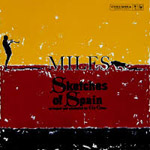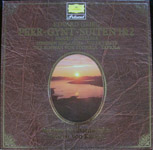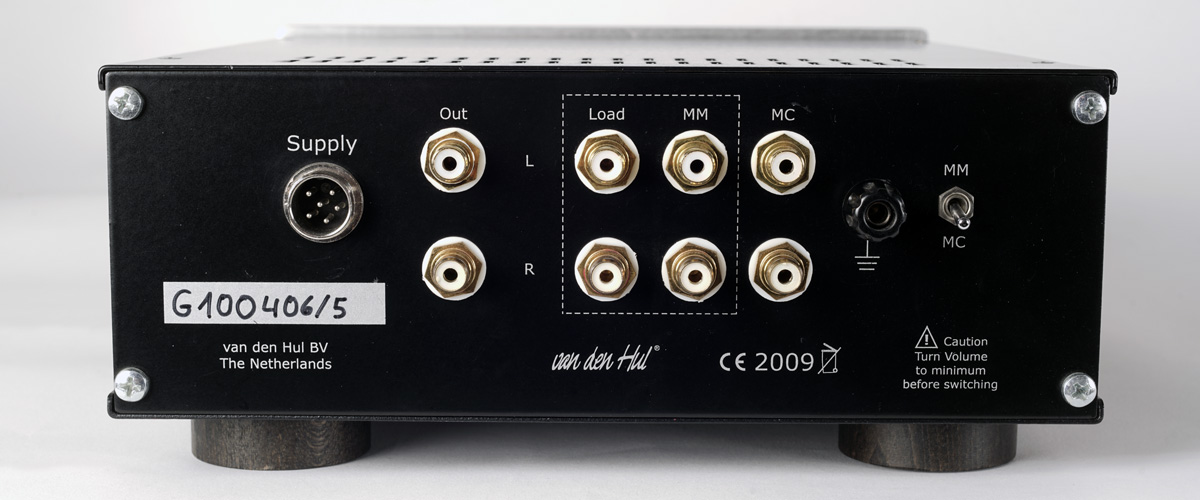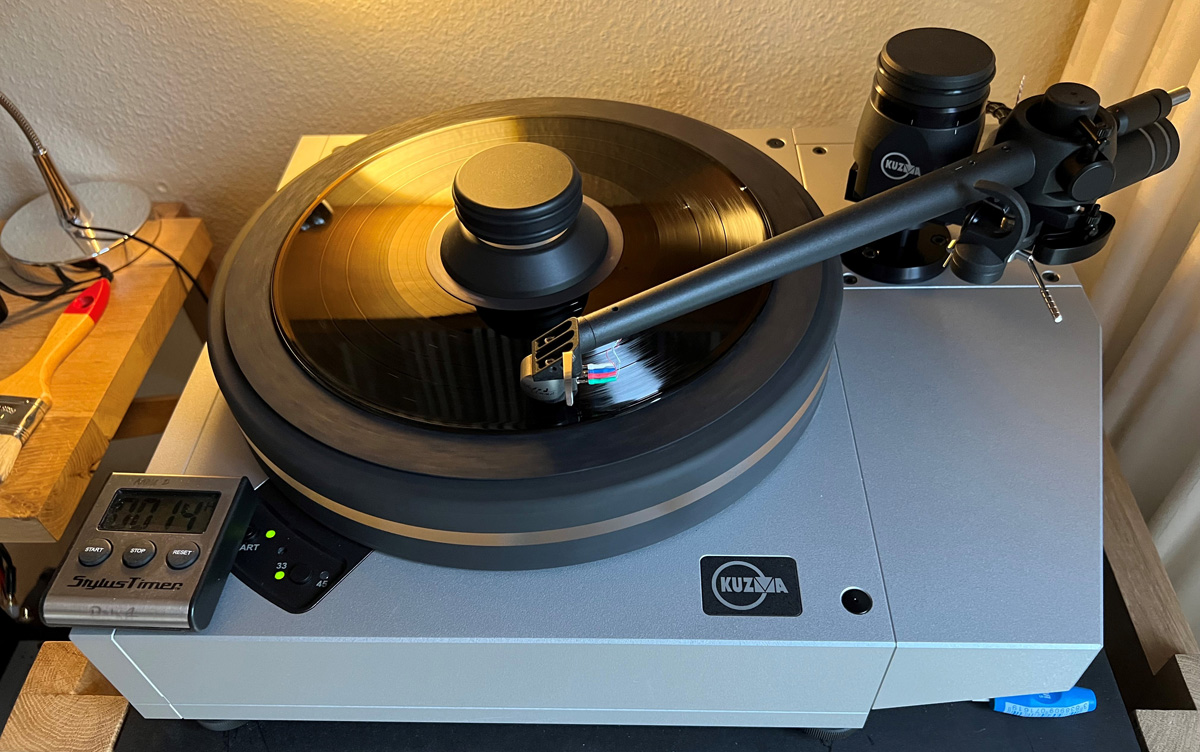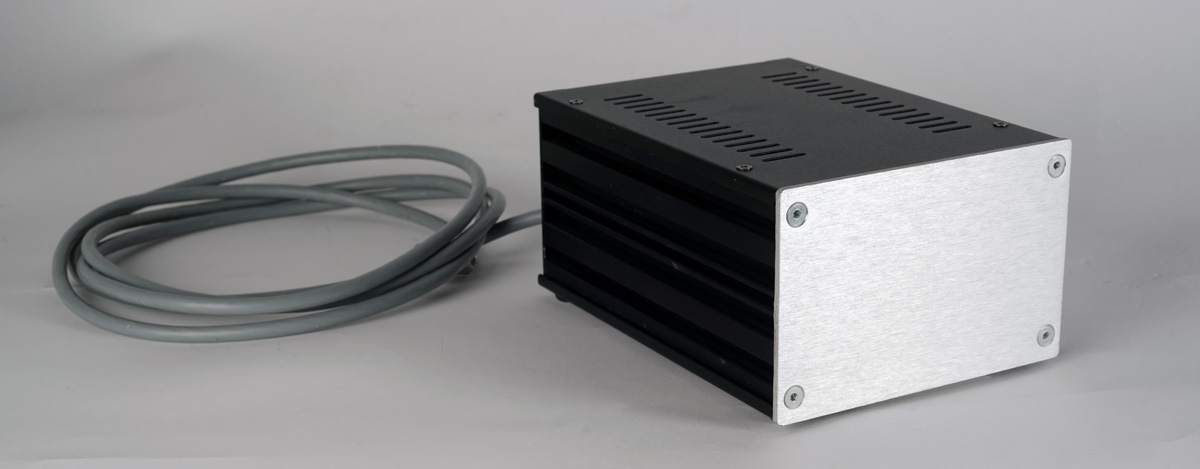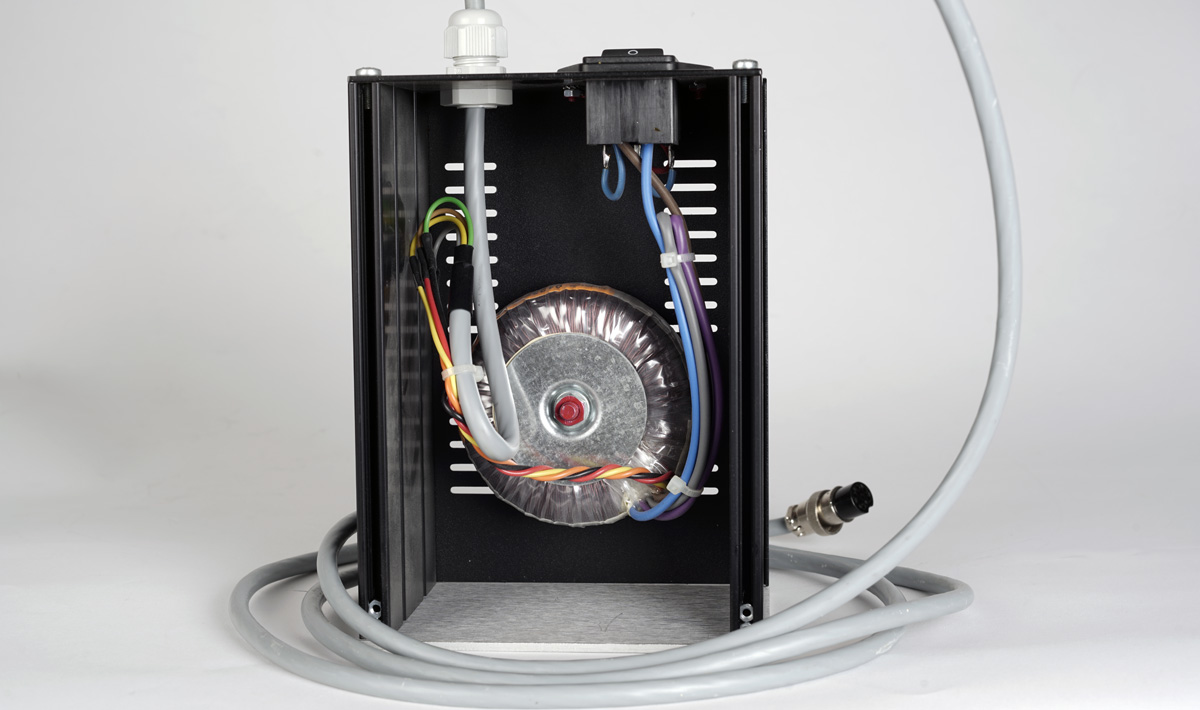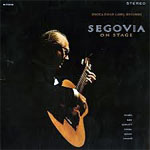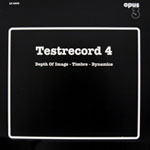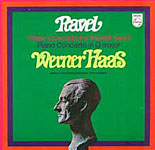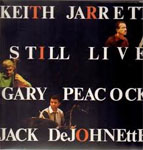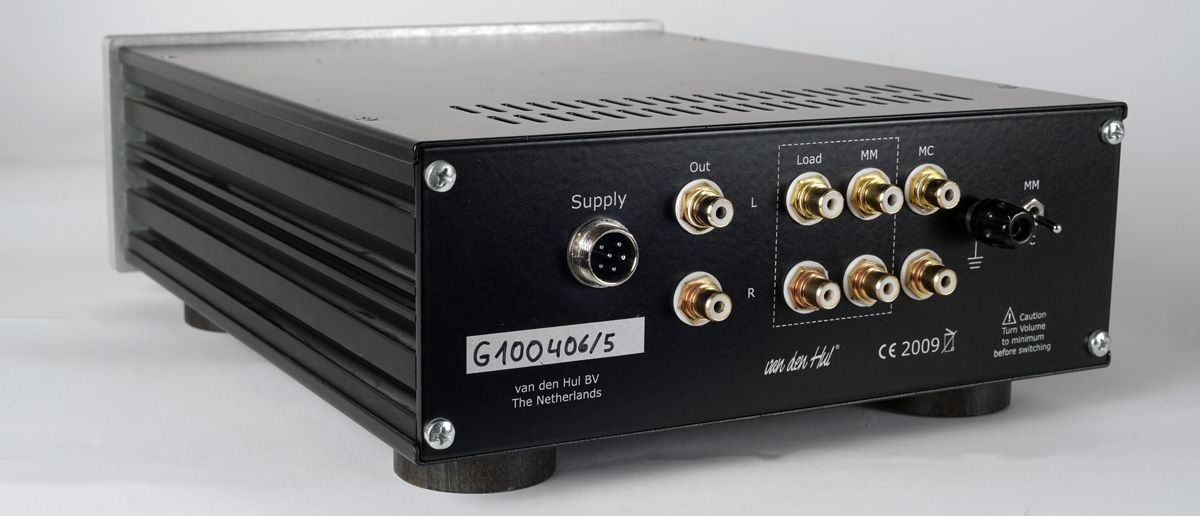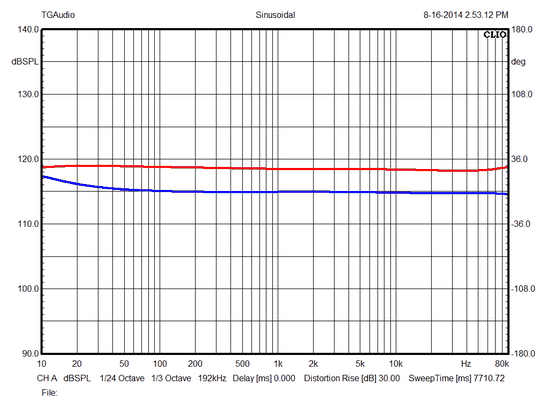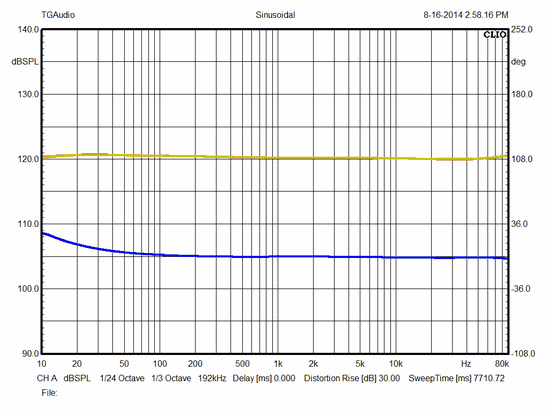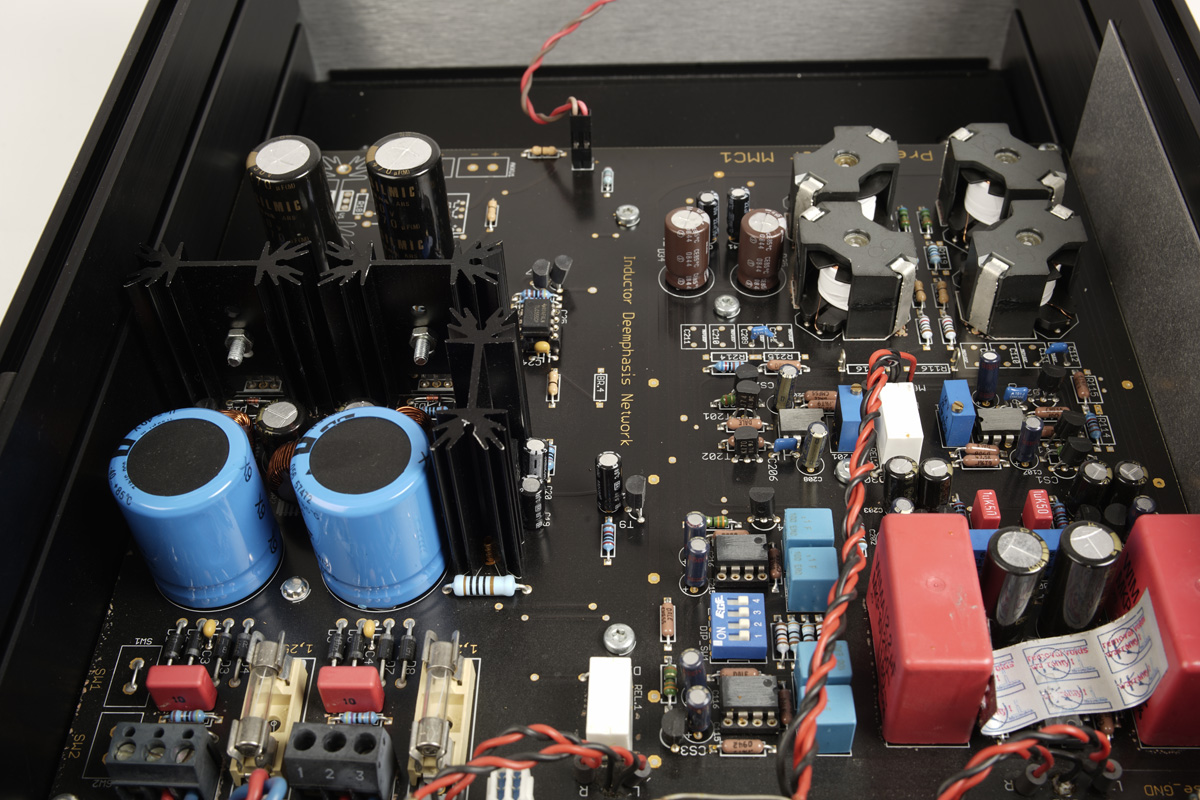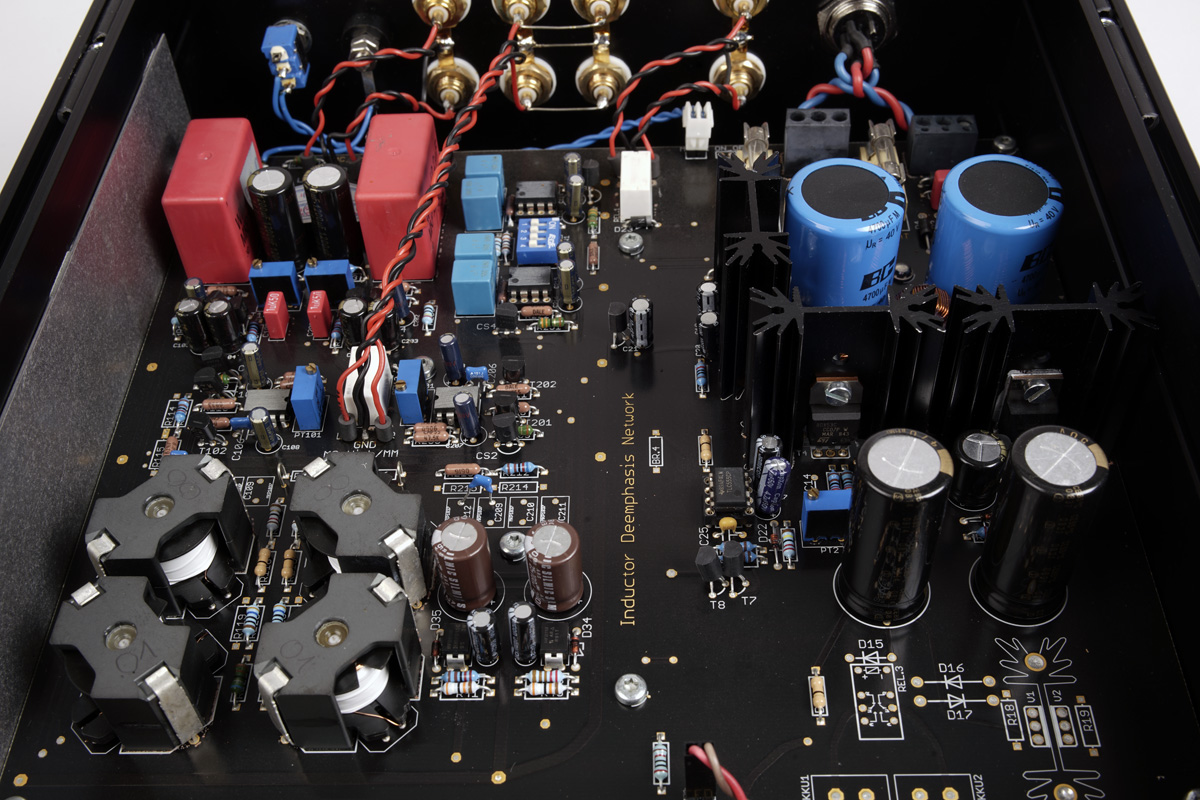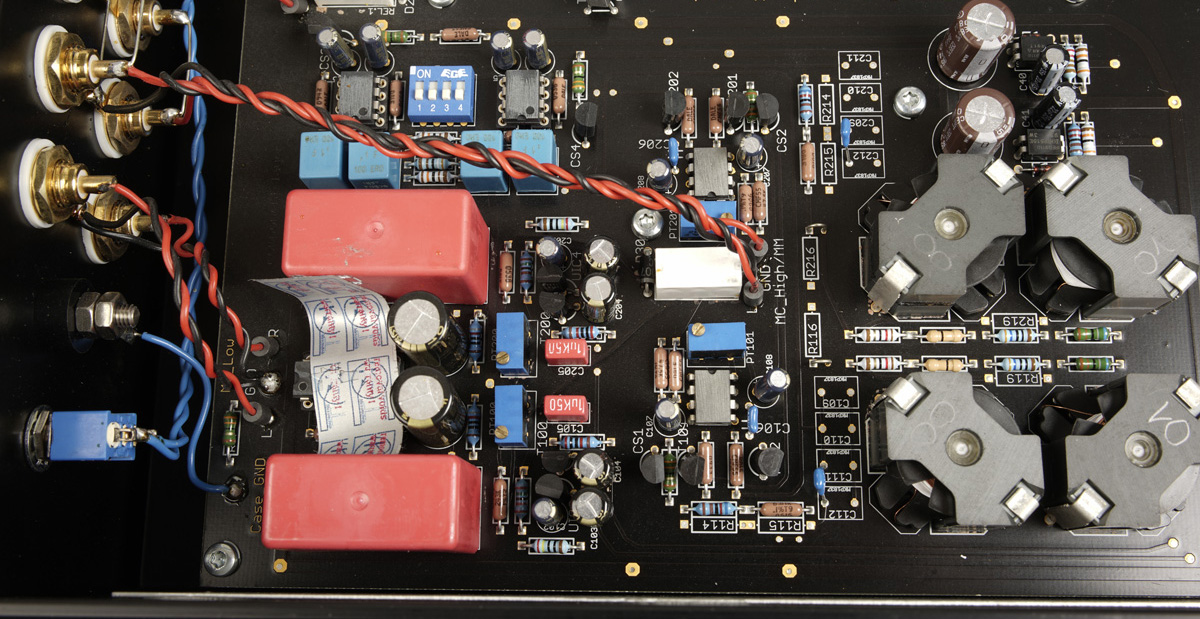van den Hul, The Grail MM/MC phono stage
Copyright 2024 © Troels Gravesen
|
Good fortune gave the opportunity to audition the van den Hul The Grail phono stage. Having enjoyed my 6C45pi phono stage for a long time - and being satisfied with its performance - a new phono stage was simply not been on my mind at all. In fact, I didn't think I would find anything that despite any possible (minor) improvement in performance would change my mind and make an investment in the magnitude this The Grail thing requires. The Grail is around 7-8 times the building cost of my 6C45pi phono amp. Serious money! 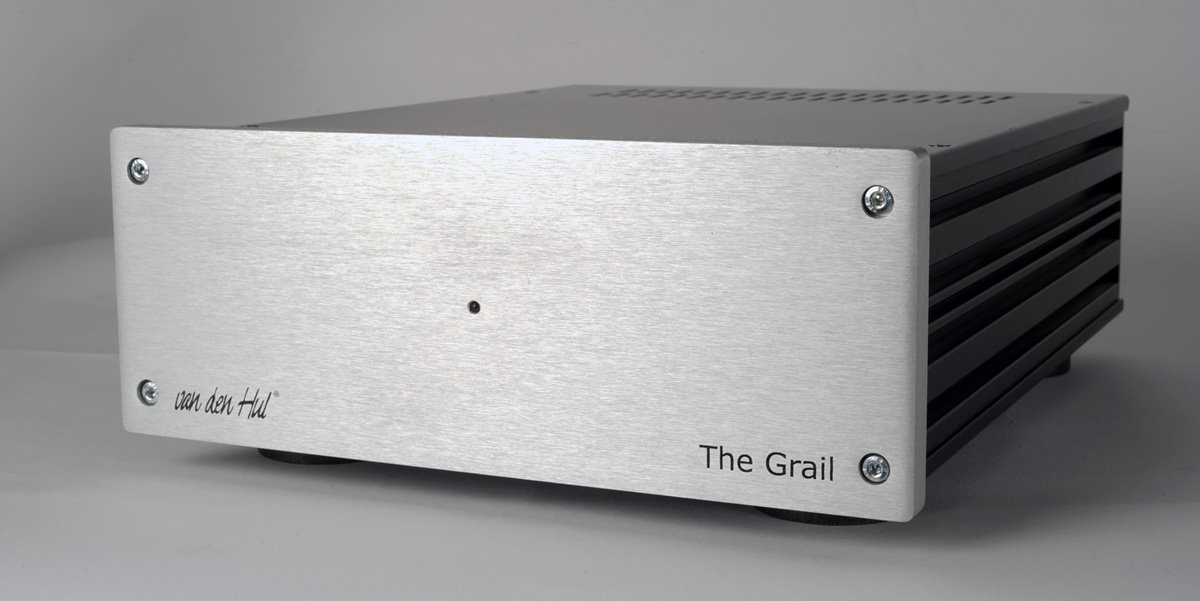 A friend of mine recently bought The Grail and I brought my Karajan box set of Peer-Gynt-Suiten 1 & 2 to hear what it could do and immediately realised the level of transparency and ease of reproducing e.g. massed strings. Pitch black background and every single note clearly carved in space. A few more vinyls including the usual woodwinds and other acoustic instruments pretty much got me shook up. How about getting a revitalised record collection by "just" changing the phono stage? My friend handed me his Grail and I went home for an audition on my own system.
It took a little
time getting used to the "sound" of the Grail because it kind of
hasn't got a sound.
After some time I re-installed my 6C45pi
phono stage and heard some of the same records again. In the bass
and treble there wasn't any noticeable difference and I really don't
like to pin out the treble because it's so closely linked to the
upper mid and if we think the mid is good it may well be because the
treble is extraordinarily good too, but with the Grail the midrange
stood out in an exceptional way with more air and spaciousness
around instruments and vocalists, a naturalness that we can only
appreciate once we've heard it and realise the level of colouration
we may have gotten used to.
Above the power supply for the Grail.
*2023prices has risen to more than 8000 EUR
here in DK. This Grail phono stage
appears to be a product where everything has been put into the sonic
performance and I guess it's also a constructor's (Jürgen Ultee's)
personal statement to what solid state circuitry can do when done
right. Nine out of ten stars as there must be room for improvements
in any rating - and indeed there today are a more expensive versions (fully
balanced) of this almost - Holy - Grail.
A friend of mine was getting rid of all his LPs (!) and in the stack
I had was a Lotte Lenya singt Kurt Weill recording.
Measurements
Measuring the Grail with the CLIO system is
pretty boring. This phono stage is flat like a pancake from 10Hz to
80kHz. To the left via MM inputs. You can't see the difference
between left and right channel. To the right via MC inputs. Blue is
phase for both graphs.
Some interior pics. Enjoy!
Featurelist: 1 A specific designed Phonograph preamplifier section 2 Phonograph RIAA – equalization with coils only, no sound impairing capacitors in filters 3 Special printed circuit board material with gold conducting paths 4 The printed circuit board has a special seating to evade microphonics 5 Special equipment foot made of selected wood avoids mechanical energy storage 6 Low noise moving coil input stage, no annoying noise even with low-output cartridges 7 Automatic adapting input stage for moving coil cartridges, no matching resistors needed 8 Possibility to compensate phonograph cartridge sensitivity (level adjustment) 9 No coupling capacitors in the signal path as far as possible 10 Strictly separated amplifier sections and circuit layout deliver a very natural soundstage 11 Inputs: Two phonograph inputs, one for MC cartridges, one for MM or MC high-output 12 A shielded transformer is placed in an external housing to avoid hum and EMI noise 13 Power supply with Gyrators for each amplifier stage deliver very high noise cancellation 14 The external transformer is available for different mains voltages |
